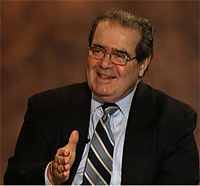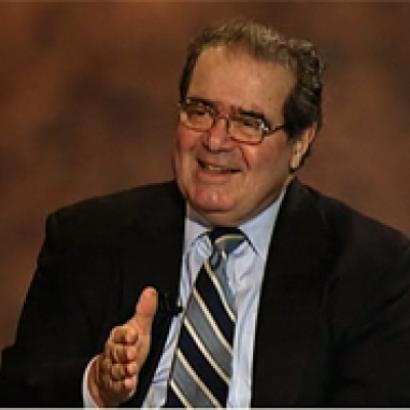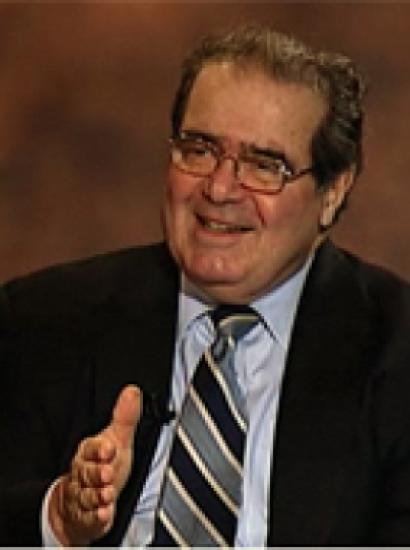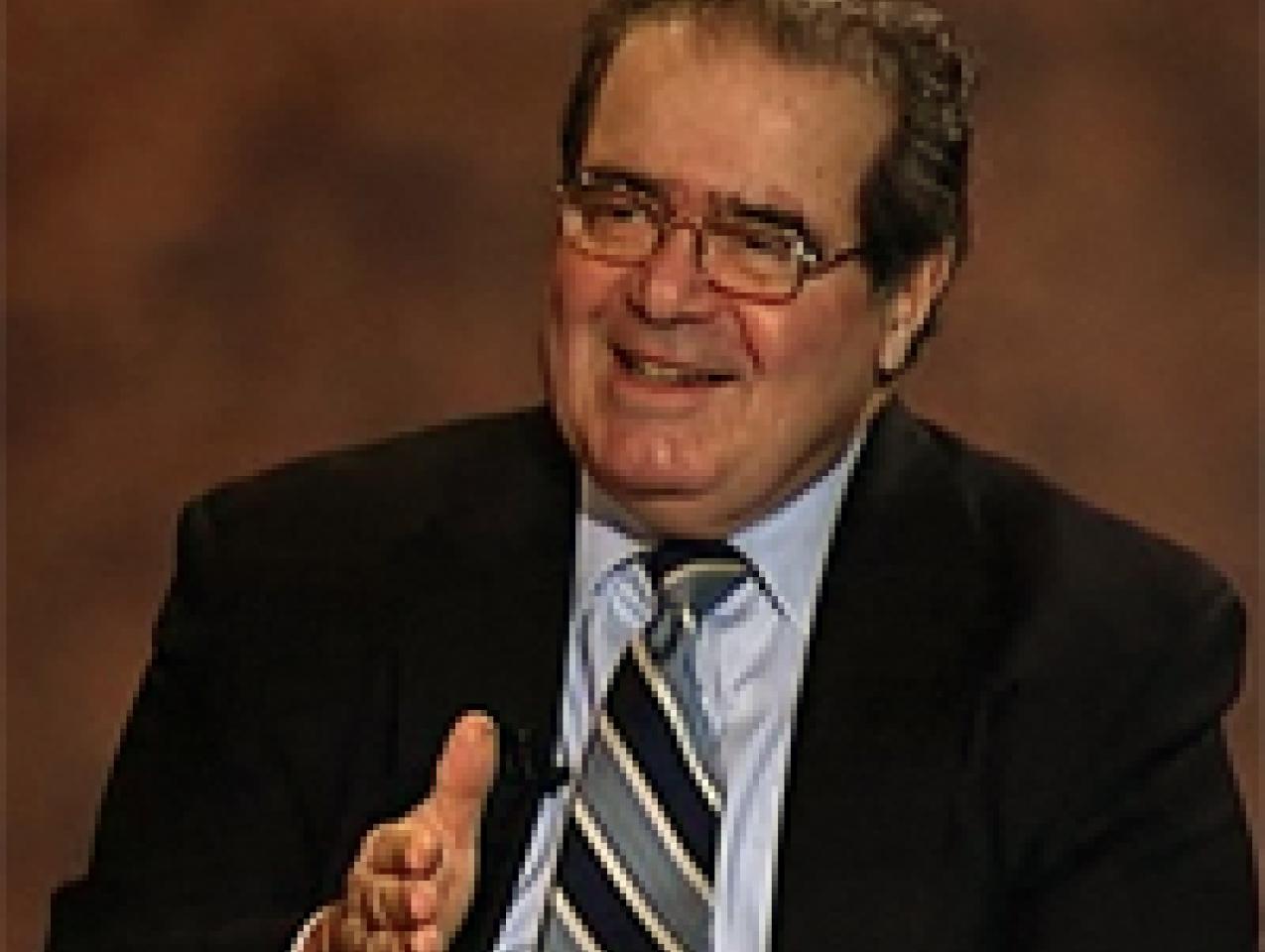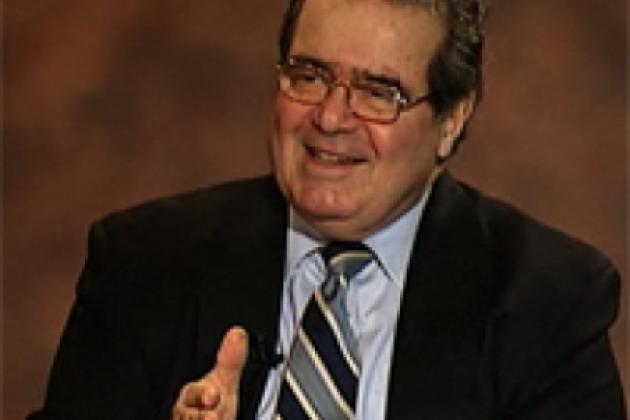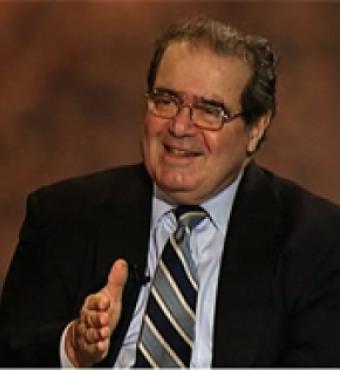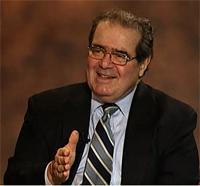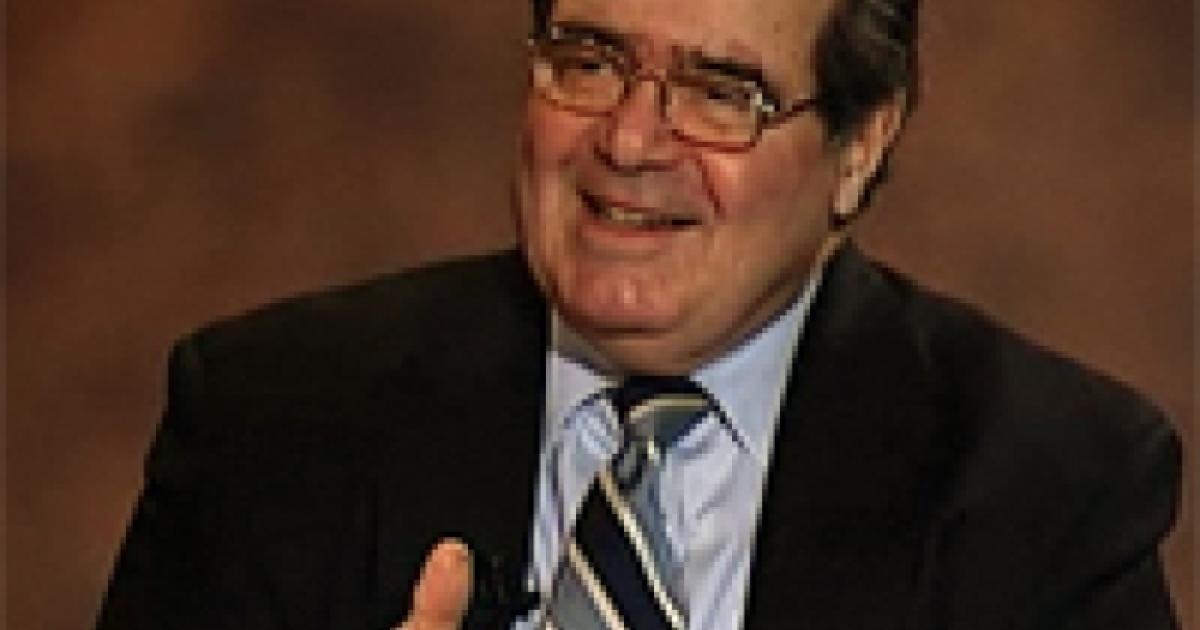- Law & Policy
In an appearance in Boston several months ago, Chief Justice John Roberts lamented the politicization of recent nominations to the Supreme Court. After noting that Justice Antonin Scalia, then still alive, had been unanimously confirmed, Roberts said, “look at my more recent colleagues, all extremely well qualified for the Court and the votes were, I think, strictly on party lines for the last three of them, or close to it, and that doesn’t make any sense. That suggests to me that the process is being used for something other than ensuring the qualifications of the nominees.” The Chief Justice could not have imagined that, ten days later, Justice Scalia would be dead and President Obama and Senate Republicans would be engaged in a political battle over his successor.
In his Boston comments, the Chief Justice went on to speculate that “a sharply political, divisive hearing process” increases the odds that justices are seen as partisans. “We don’t work as Democrats or Republicans,” insisted Roberts, “and I think it’s a very unfortunate impression the public might get from the confirmation process.”
No doubt Roberts had a point, but the Supreme Court’s record belies the Chief Justice’s claim of political neutrality on the part of the Justices. Everyone knows who the liberals (appointed by Democrat presidents) and the conservatives (appointed by Republican presidents) are—not only because of the confirmation process but also because of the way they actually rule in cases that come before the Court. Of course there are examples in which a conservative joins the liberals (as when Roberts voted to uphold the Affordable Care Act’s individual mandate in National Federation of Independent Business v. Sebelius) or a liberal joins the conservatives (as when Justice Breyer agreed that DNA testing was reasonable under the Fourth Amendment in Maryland v. King). But on most issues over which there is sharp political division in the country, the Justices’ positions reflect the politics of the presidents who nominated them.
This is not to say the Justices see their role as promoting the agenda of one political party or the other. Roberts is surely correct that he and his colleagues do not work as Democrats or Republicans. We can safely assume that there are not party caucuses among the nine Justices. But the Justices do have political views and those views matter in much of what the Court does.
The political views of the Justices matter because they themselves have established and perpetuated constitutional doctrines and interpretive principles that require courts to make political choices. Particularly over the last several decades, the Supreme Court has put itself and other courts in the position of having to resolve cases by making some of the hard political decisions left by the framers to the legislative and executive branches of government.
This politicization of the work of the courts is the product of the Supreme Court’s creation of an array of balancing tests and what it calls levels of scrutiny. The modern politicization of the Court’s work started with a footnote. In the fourth footnote of his opinion in United States v. Carolene Products (1938), Justice Harlan F. Stone suggested that a usual presumption of constitutionality (rooted in deference to the other two branches of government) may warrant a “narrower scope . . . when legislation appears on its face to be within a specific prohibition of the Constitution” or when it “restricts those political processes which can ordinarily be expected to bring about repeal of undesirable legislation” or when it is “directed at particular religions, or national, or racial minorities . . . [or] discrete and insular minorities . . . tend[ing] seriously to curtail the operation of those political processes ordinarily to be relied upon to protect minorities.” In other words, legislation and administrative actions will be presumed to be constitutional unless particular constitutional prohibitions are violated or the Court finds that the political process has produced undesirable results as a consequence of the lesser political influence of particular groups of people. The Court, not the Constitution, will determine which constitutional prohibitions and what groups warrant special consideration and what legislation is undesirable.
A few examples will illustrate how the court has taken up the suggestions of Carolene Products to institute varying levels of judicial scrutiny and an array of balancing tests.
- Both the Fifth and Fourteenth amendments to the Constitution prohibit government from depriving any person of “life, liberty, or property, without due process of law.” In Mathews v. Eldridge (1976), the Supreme Court ruled that in determining whether or not due process has been denied, courts should consider the importance of the private interest at stake, the risk that the process used would result in deprivation of those private interests, the probable value of additional procedural safeguards, and the government’s interest. Assessing the importance of the government’s interest and balancing it against the private interest at stake (which only the individual can assess) requires the Court to second guess both the individual and the legislature and to substitute its political determination for that of the constitutional lawmaking authority.
- Over the course of numerous opinions dating from the late 1940s, the Supreme Court has constructed an elaborate three-tiered framework for resolving claims under the equal protection clause of the Fourteenth Amendment. Most equal protection claims are summarily dismissed if the government can show the challenged classification is rationally related to serving a legitimate state interest. Classifications based on race, national origin, religion, and ethnicity or those burdening fundamental rights are suspect and will only be allowed if they are necessary to achieving a compelling state interest. Classifications based on gender and illegitimacy are quasi-suspect and do not violate equal protection if they are substantially related to serving an important state interest. Under this rubric, the courts must decide what constitutes legitimate, important, and compelling state interests, what classifications are suspect or quasi-suspect and what rights are fundamental. Because most regulations explicitly or implicitly classify, there is much at stake in the choices the courts make.
- In Penn Central Transportation Company v. City of New York (1978), the Supreme Court ruled that whether or not a regulation of private property constitutes an unconstitutional taking under the Fifth Amendment depends on the economic impact of the regulation on the property owner and the character of the governmental action. With respect to the latter, the Court stated that a taking “may more readily be found when the interference with property can be characterized as a physical invasion by government, than when interference arises from some public program adjusting the benefits and burdens of economic life to promote the common good.” Weighing economic impacts on individuals against the common good is the essence of politics.
- Over the course of many decisions establishing the relative importance of constitutional liberties, the Court has consistently found economic liberties to be less fundamental than what have been called personal liberties. Government limits on freedom of contract and private property rights are upheld if the Court concludes that regulations are rational, while the government has a much higher burden to justify limits on more fundamental rights. Notwithstanding Justice Potter Stewart’s observation in Lynch v. Household Finance that “the dichotomy between personal liberties and property rights is a false one,” the Court continues to maintain this hierarchy of rights requiring the Justices to pick and choose among constitutional liberties.
- The balancing extends beyond cases in which individual rights are directly at stake. Article I, Section 8 of the Constitution grants Congress the authority to regulate interstate commerce. Since early in the nineteenth century, it has been understood that the states retain the exclusive power to regulate intrastate commerce. Establishing the boundary between inter- and intrastate commerce is thus critical to defining the relative powers of the federal and state governments (which has important implications for liberty). In Pike v. Bruce Church (1970), the Supreme Court declared that nondiscriminatory state regulations with only incidental effects on interstate commerce would be upheld “unless the burden imposed on such commerce is clearly excessive in relation to the putative local benefits.” Balancing burdens and benefits, both in the eye of the beholder, is a plainly political task.
Several more examples would further illustrate the point, but the foregoing will suffice to demonstrate that the Supreme Court has created for itself a role requiring the ranking of individual rights and the valuation of public policies in relation to those rights. Because there is no ranking of rights in the Constitution and courts are ill-positioned to evaluate public policies, judges are left to rely on their personal preferences. There can be little wonder that people in general and the political parties in particular are deeply concerned about nominations to the Supreme Court. Who sits on the Court makes an unavoidable difference when the task of the judge includes ranking individual liberties and weighing the merits of public policy initiatives.
An alternative to balancing tests is bright line rules pursuant to which judges can make decisions without reference to personal predilections and policy preferences. Students of Supreme Court history will note that balancing tests have often arisen out of disagreements over bright line rules established by earlier courts. But judicial balancing is not the only alternative to bright line rules found wanting. Lines can be refined and made brighter over time, admittedly at some cost to expectations but not with the level of uncertainty inherent in balancing by unelected judges.
The legitimacy of the courts, particularly when judges are unelected, depends on their strict adherence to the rule of law. It might be argued that judicial application of a three part balancing test proclaimed by the Supreme Court is the rule of law, but when courts effectively declare that the law is what they say it is, it is difficult to take their claim of allegiance to the rule of law seriously.
It is also difficult to take seriously Democrat insistence that Senate Republicans have a constitutional responsibility to take action on President Obama’s nomination of Merrick Garland to the high court or Republican arguments that the people should decide in the November election whether they want a Democrat or a Republican to select the next justice. Both sides claim to be standing on principle. In reality, it’s all politics. If the tables were reversed—a Republican president and a Democratic Senate—we can rest assured that both parties would stand on what is now the other party’s principle.
The reality is that there is much at stake for both parties. Many decades of balancing jurisprudence have assured that who sits on the nation’s highest court matters to the most fundamental concerns of the nation’s political parties and special interests. Unless and until our courts can find a way to restore the rule of law to their own work, we can expect that a politicized confirmation process will long survive the tenure of Chief Justice Roberts and the other sitting members of the Supreme Court.







